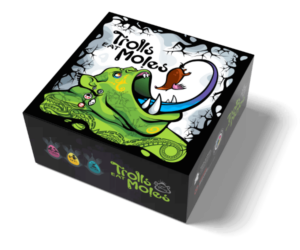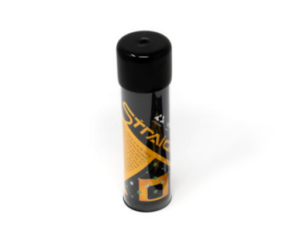Mondrian: Color in Motion
$30.00
SKU: 619185696894
Discover Mondrian: Color in Motion, the award-winning game where elegant art meets engaging strategy. Often described as ‘Dominos meets Checkers,’ players artfully stack cards, matching colors to build the vibrant, ever-changing game board as you play. This ensures no two games are ever the same, as a unique abstract design unfolds with each session. These colorful overlaps become key spots for placing your markers, which you’ll then cleverly jump—much like in Checkers—to capture and score.
It’s no surprise this is our most popular game! From captivating solo play to lively sessions with up to five players, Mondrian: Color in Motion sees fans returning again and again, often buying copies for gifts or an extra for themselves. More than just a competition, it’s a game that often inspires a delightful sense of shared discovery and positive interaction, truly bringing out the best in people.
This unique blend of simple, quick-to-learn rules and deep, rewarding gameplay is why it won a 2025 Sparks Play Award for strategy and was honored as a Light Strategy Finalist at the 2020 Ion Awards. You’re not just playing a game; you’re creating a masterpiece with every move!
Contents: 80 cards, 45 white pieces, 18 black pieces, and directions
Number of players: 1 – 5
Playtime: 30 – 60 minutes (depending on point limit)
Age Group: 7+
Watch the How to Play Video




